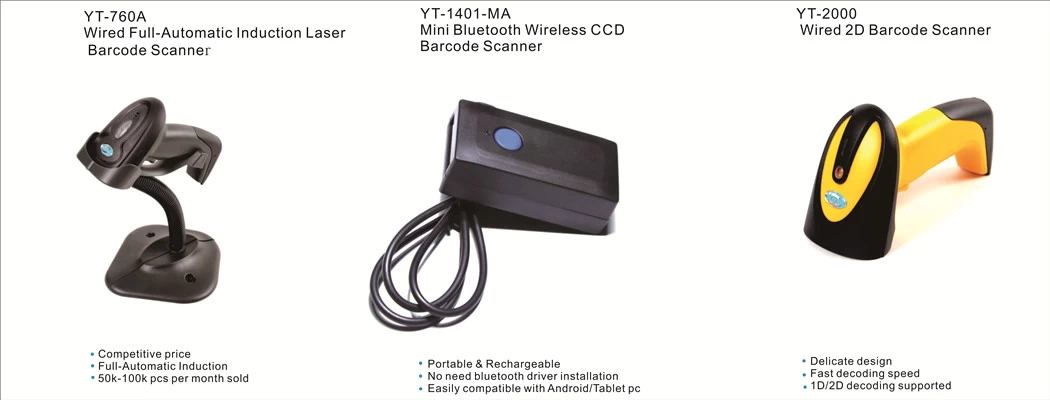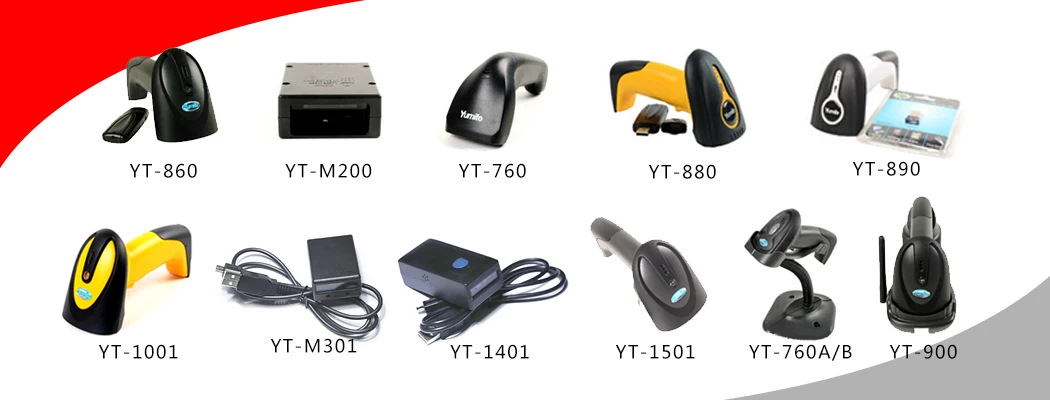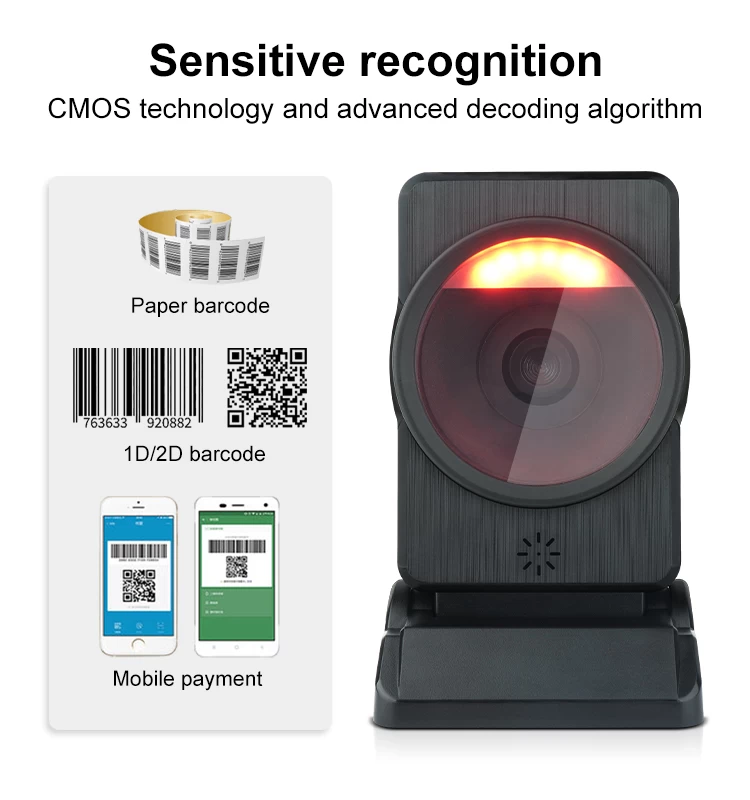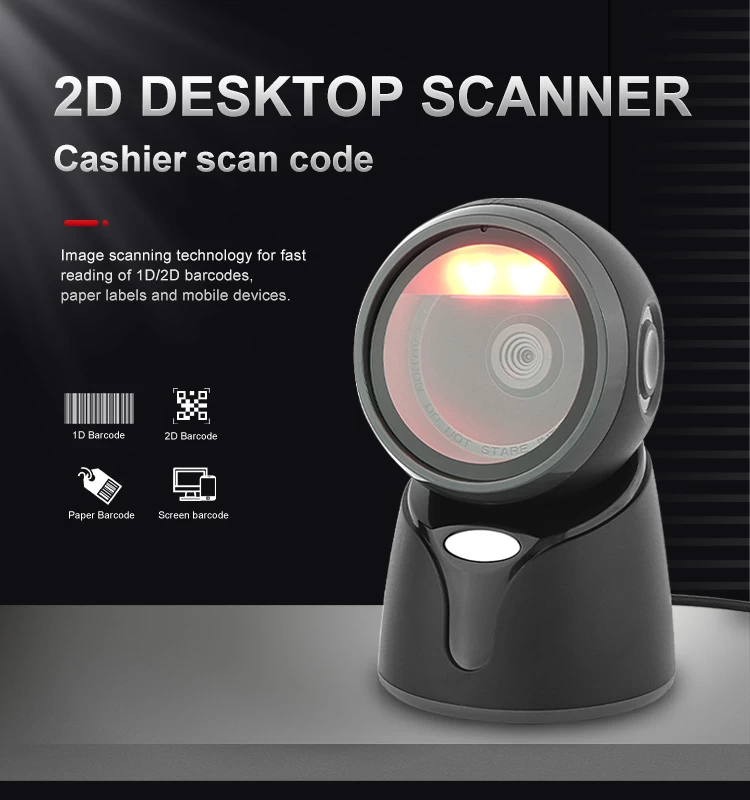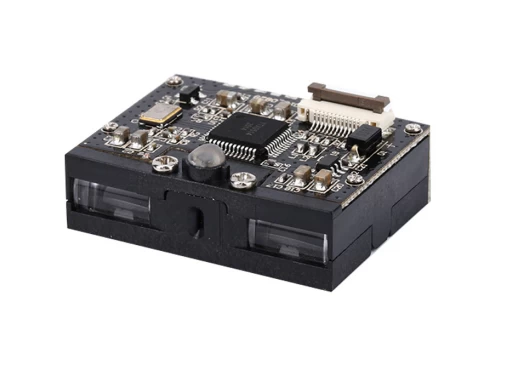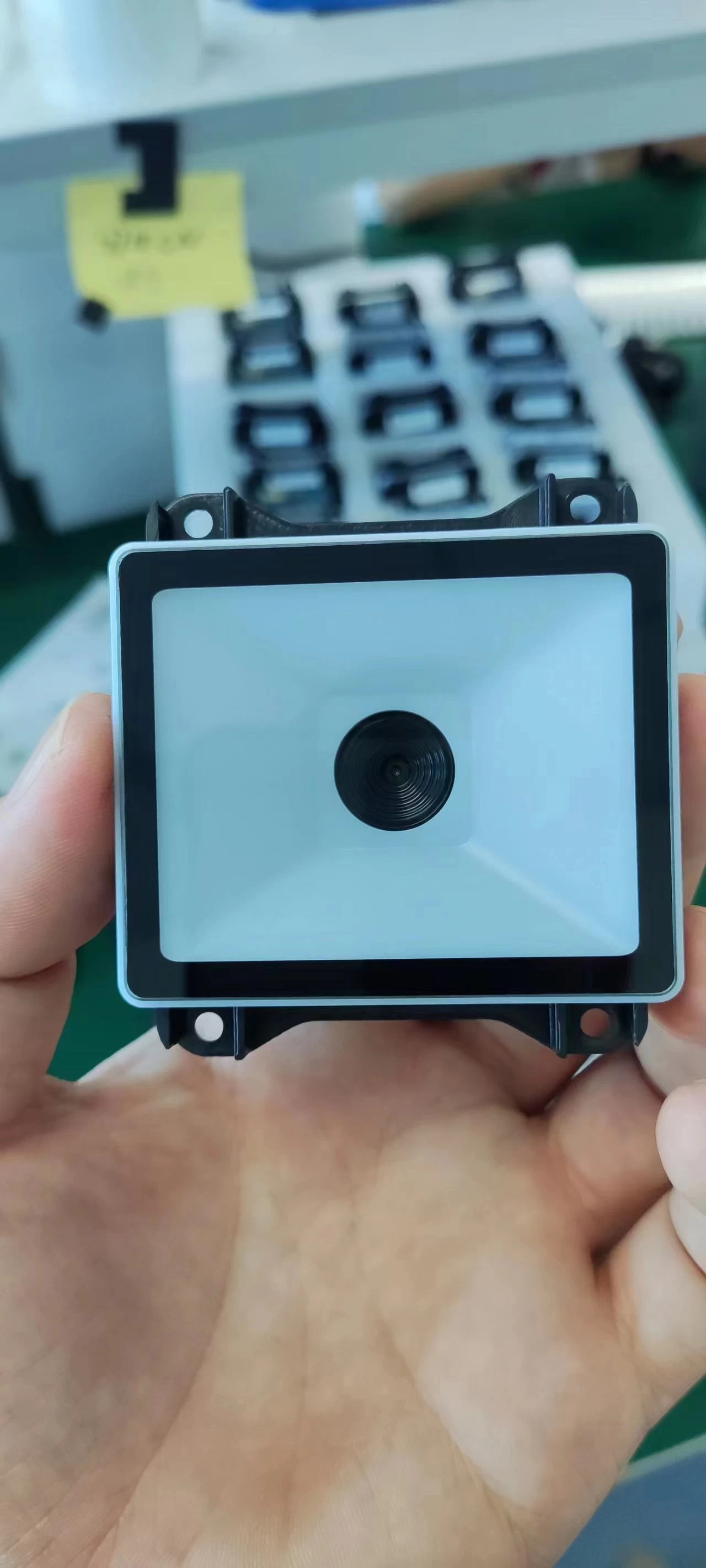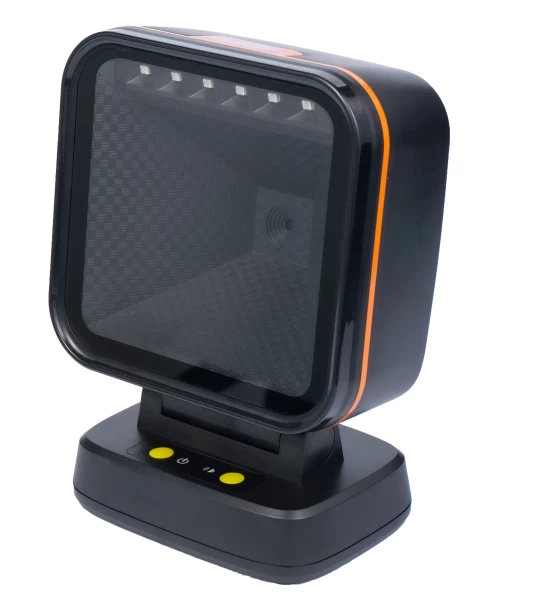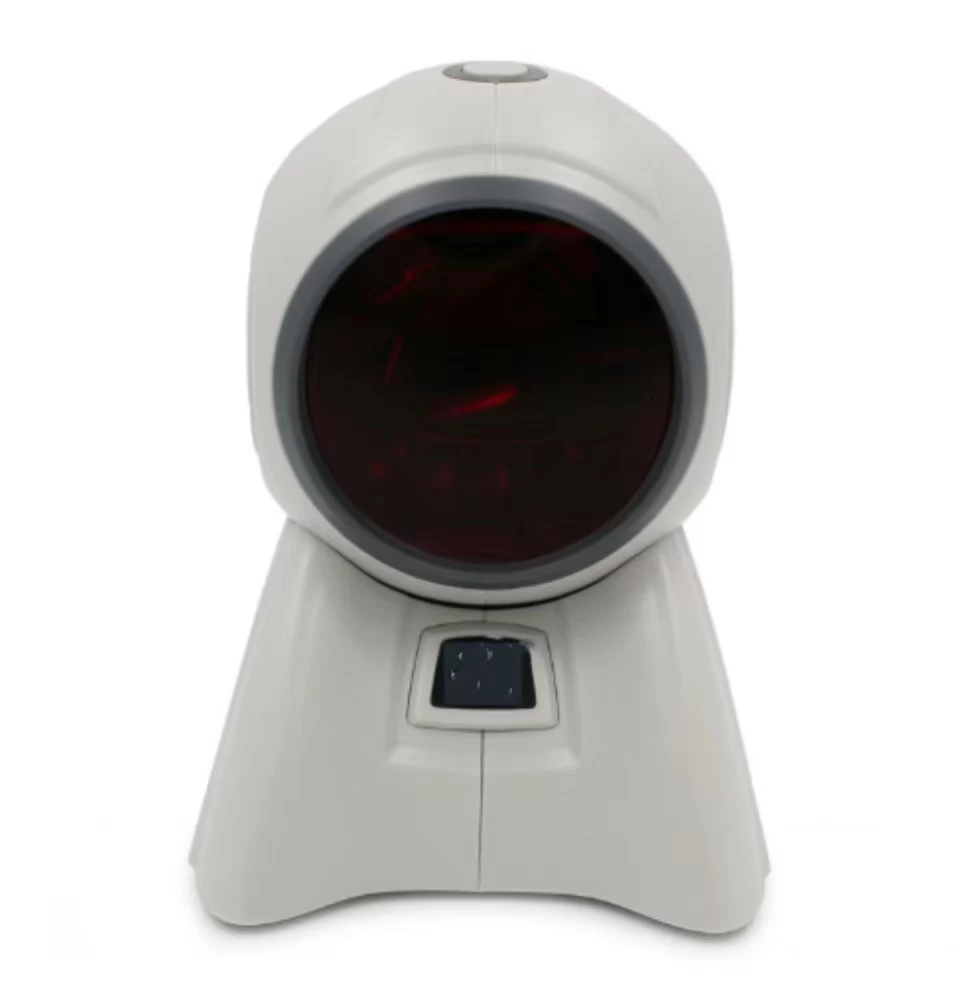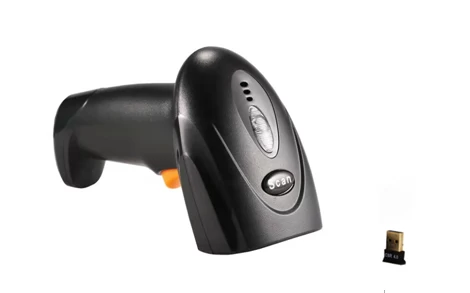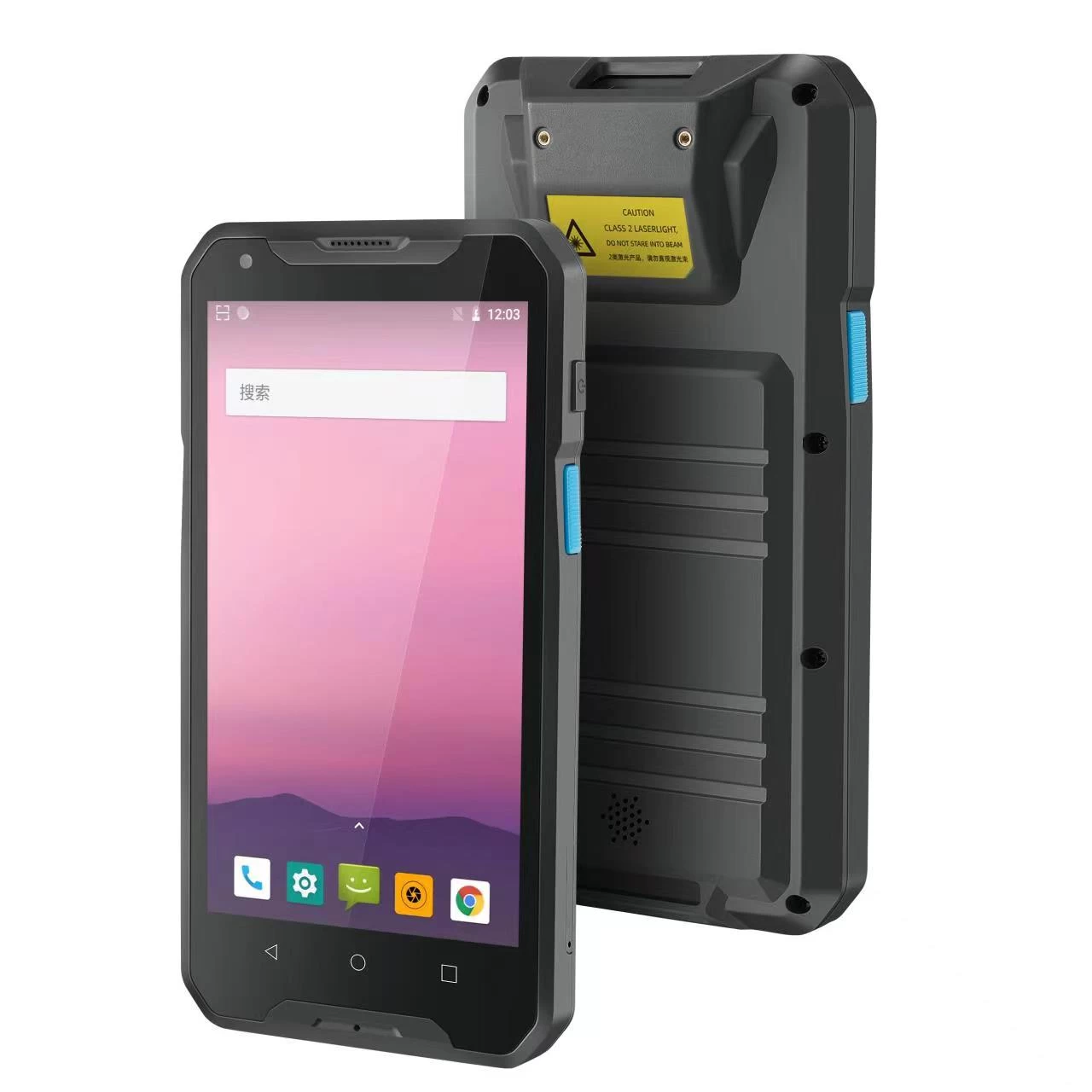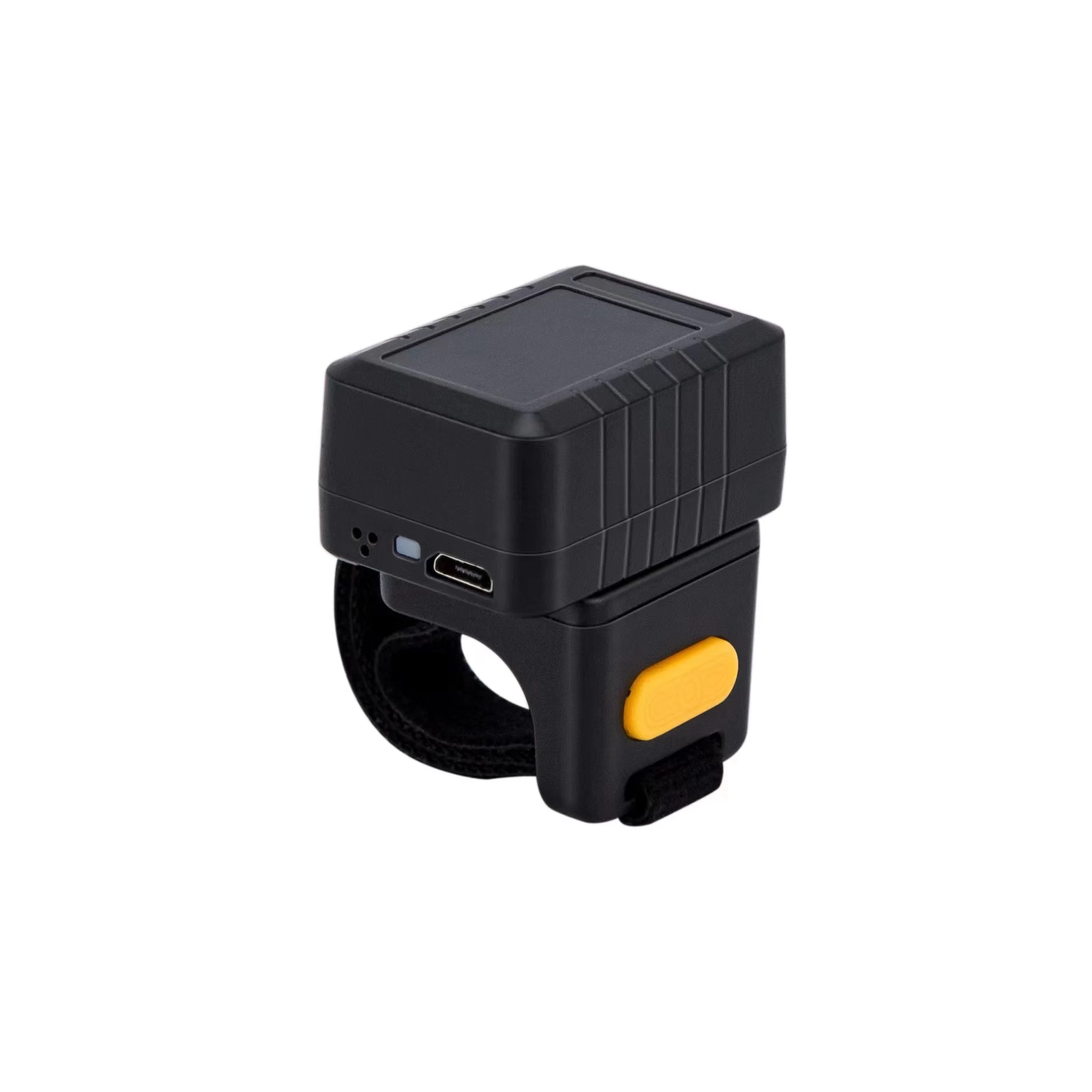Barcode Scanner Buying Guide: How to Choose a Handheld Scanner
Ben
Yumite
2016-08-08 18:11:49
Barcode Scanner Buying Guide: How to Choose a Handheld Scanner
Asset tracking systems lay the foundation for successful inventory control, maintenance management, resource utilization, and a variety of other benefits that streamline processes and contribute to a healthy bottom line. But even the best asset tracking systems lose effectiveness if they’re not paired with the right automatic data capture tools, such as handheld barcode scanners. This guide will help you identify the features and capabilities to meet your application requirements.
Today’s handheld barcode scanners offer greater functionality and durability than early models, not to mention convenience offered through Bluetooth connectivity, cordless functionality, and other benefits that make it possible to manage assets in-house, in the field, and even in harsh environments.
In this guide, you’ll find information about the typical uses and applications for handheld barcode scanners, key questions to ask in selecting the right handheld scanner for your company’s needs, a general glossary of terms and various classifications used to describe the types of barcode scanners and their functionality, key features, general cost ranges for various types of handheld scanners, and individual handheld barcode scanner reviews. Jump to a specific section by clicking links in the table of contents below.
Table of Contents:
Handheld Barcode Scanner Use Cases and Applications
Key Questions to Ask in Choosing a Handheld Barcode Scanner
Barcode Scanner Terms and Classifications
Key Features to Look for in Handheld Scanners
Costs: What You Can Expect to Pay for a Handheld Barcode Scanner
Reviews for Top Industry Scanners
Handheld Barcode Scanner Comparison Chart
Handheld Barcode Scanner Use Cases and Applications
Handheld barcode scanners have a variety of use cases. In fact, these devices are used in practically every industry, but for applications ranging from point-of-sale scanning to standard asset management in office environments and to monitor equipment maintenance and repair programs in industrial settings.
Asset tracking systems lay the foundation for successful inventory control, maintenance management, resource utilization, and a variety of other benefits that streamline processes and contribute to a healthy bottom line. But even the best asset tracking systems lose effectiveness if they’re not paired with the right automatic data capture tools, such as handheld barcode scanners. This guide will help you identify the features and capabilities to meet your application requirements.
Today’s handheld barcode scanners offer greater functionality and durability than early models, not to mention convenience offered through Bluetooth connectivity, cordless functionality, and other benefits that make it possible to manage assets in-house, in the field, and even in harsh environments.
In this guide, you’ll find information about the typical uses and applications for handheld barcode scanners, key questions to ask in selecting the right handheld scanner for your company’s needs, a general glossary of terms and various classifications used to describe the types of barcode scanners and their functionality, key features, general cost ranges for various types of handheld scanners, and individual handheld barcode scanner reviews. Jump to a specific section by clicking links in the table of contents below.
Table of Contents:
Handheld Barcode Scanner Use Cases and Applications
Key Questions to Ask in Choosing a Handheld Barcode Scanner
Barcode Scanner Terms and Classifications
Key Features to Look for in Handheld Scanners
Costs: What You Can Expect to Pay for a Handheld Barcode Scanner
Reviews for Top Industry Scanners
Handheld Barcode Scanner Comparison Chart
Handheld Barcode Scanner Use Cases and Applications
Handheld barcode scanners have a variety of use cases. In fact, these devices are used in practically every industry, but for applications ranging from point-of-sale scanning to standard asset management in office environments and to monitor equipment maintenance and repair programs in industrial settings.

